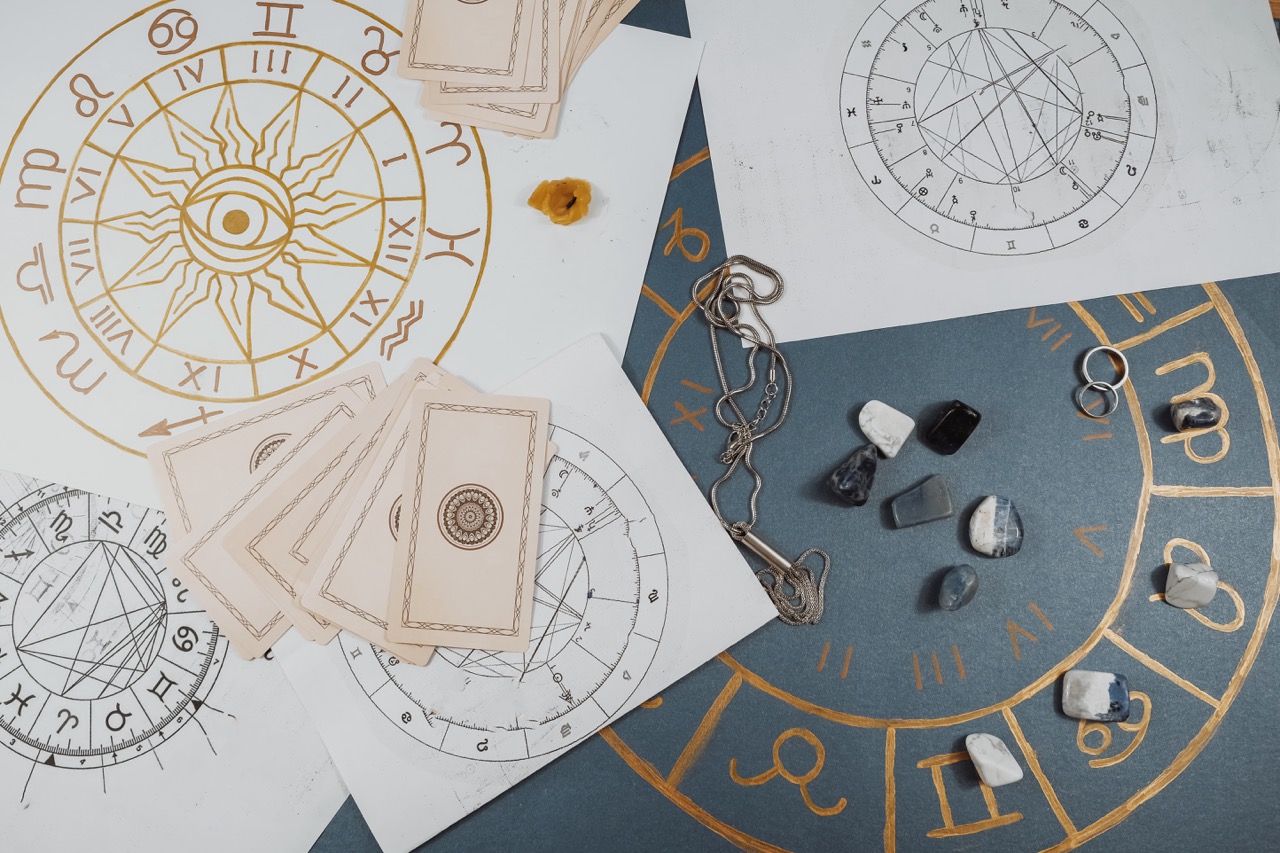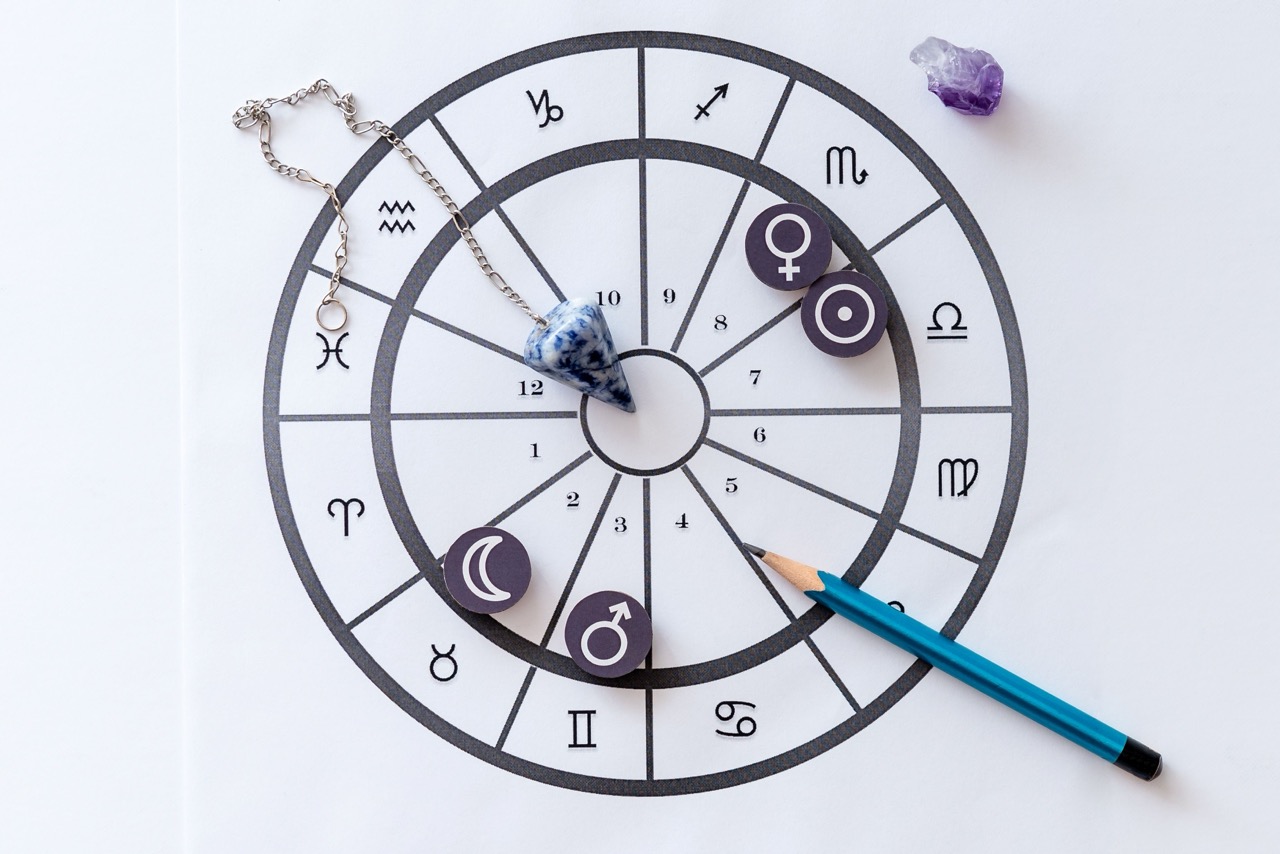In a world where celestial bodies have long captivated human imagination, astrology serves as a guiding light, illuminating our paths with insights drawn from the cosmos. Two prominent schools of thought—Astrovedic Astrology and Western Astrology—provide unique frameworks for interpreting the stars and planets. While both traditions share a common goal of understanding human existence through the lens of the universe, their methodologies, philosophies, and cultural contexts present notable differences. This exploration aims to delve into these key distinctions, highlighting the strengths of each approach and encouraging an appreciation for the rich tapestry of astrological wisdom.
Exploring the Celestial: A Journey into Astrovedic and Western Astrology
Astrovedic Astrology, rooted in the ancient texts of India, often referred to as Jyotish, emphasizes a deep connection between the individual and the cosmos. It employs a sidereal zodiac, which aligns closely with the actual positions of the stars. This system places significant emphasis on the moon’s position, with lunar nakshatras (constellations) playing a crucial role in guiding personal insights. Unlike Western approaches, which often focus on the sun’s position at the time of birth, Astrovedic Astrology considers a holistic view of planetary influences, integrating a person’s karmic journey and life lessons into the interpretation.
In contrast, Western Astrology is primarily based on the tropical zodiac, which divides the sky into twelve equal signs aligned with the seasons rather than the stars themselves. This solar-centric approach highlights the sun’s positioning and its impact on personality traits and life events. Western astrologers often utilize a complex system of aspects, transits, and progressions to interpret how celestial movements affect individuals over time. The focus here is more on psychological insights, personal development, and the dynamics of relationships, making it a favorite among those seeking self-discovery.
Despite these differences, both Astrovedic and Western Astrology offer tools for navigating life’s intricacies. They encourage individuals to reflect on their experiences, embrace their unique energies, and recognize the interconnectedness of the universe. While their methodologies may differ, both traditions invite us to engage with the celestial in meaningful ways, recognizing that the stars have much to teach us about ourselves and our place in the cosmos.
The Cosmic Clock: Understanding Zodiac Systems and Their Roots
The distinction between the sidereal zodiac used in Astrovedic Astrology and the tropical zodiac used in Western Astrology is one of the most crucial differences between the two systems. The sidereal zodiac is based on the actual constellations and their positions in the sky, taking into account the precession of the equinoxes. This means that the signs in Astrovedic Astrology may not align with the calendar months we commonly associate with them, creating a fascinating divergence in how individuals may interpret their astrological charts.
On the other hand, the tropical zodiac is fixed to the seasons, establishing a framework based on the Earth’s tilt and orbit around the sun. As the sun travels through the twelve signs, it marks the changing seasons, providing a rhythm that many people find intuitive and relatable. This system, developed by ancient Greek astrologers, remains popular in the Western world, emphasizing the cyclical nature of life and the transformative power of the sun’s journey through the zodiac.
Both systems reflect a deep understanding of the cosmos and its influence on human lives. Astrovedic Astrology’s alignment with the stars invites a contemplative approach to life, while Western Astrology’s seasonal focus encourages individuals to harness the energies of each astrological period. By acknowledging these different frameworks, individuals can appreciate the unique lenses through which each tradition views the universe and the way it shapes our experiences.
Cultural Influences: How History Shapes Our Astrological Views
The cultural backdrop from which each astrological tradition emerges significantly influences its practice and philosophy. Astrovedic Astrology has its roots in ancient Indian texts, dating back over 5,000 years, deeply intertwined with Hindu spirituality and philosophy. The emphasis on karma, dharma, and the cycles of rebirth shapes a worldview where astrology serves as a guide for spiritual growth and self-realization. This cultural context imbues Astrovedic practices with a sense of reverence and profound interconnectedness, encouraging practitioners to view their charts as a reflection of their soul’s journey.
In contrast, Western Astrology evolved through a blend of Greek, Roman, and medieval European influences. During the Renaissance, astrology experienced a revival, intertwining with the scientific revolution and evolving into a more psychological and personal exploration of the self. This historical trajectory has fostered a more individualistic approach, where self-awareness, personal growth, and emotional understanding take precedence. The cultural emphasis on the individual in Western societies has led to a focus on identity, relationships, and personal fulfillment within astrological practices.
Understanding these cultural influences enriches our appreciation of both Astrovedic and Western Astrology. By recognizing how history and cultural values shape astrological perspectives, we can better understand the motivations behind each tradition’s practices and beliefs. This awareness fosters respect for the wisdom each system offers, encouraging a dialogue that transcends cultural boundaries and celebrates the shared quest for meaning in the cosmos.
Bridging the Stars: Finding Harmony Between Two Astrological Paths
As we navigate the complexities of modern life, the potential for synergy between Astrovedic and Western Astrology becomes increasingly apparent. Each system brings unique insights and methodologies to the table, allowing individuals to explore their cosmic identities from different angles. Astrovedic Astrology can provide a deeper understanding of karmic influences and life lessons, while Western Astrology often offers a more immediate approach to personal challenges and emotional landscapes. By integrating these perspectives, individuals can cultivate a more comprehensive view of their astrological narrative.
Combining the practical tools of both traditions can lead to a richer understanding of oneself and one’s life path. For instance, an individual may start with a Western birth chart to grasp their personality traits and emotional needs, then delve into their Astrovedic chart to explore karmic lessons and spiritual growth. This harmonious approach allows for a more profound exploration of personal development, as both methodologies can complement and enhance one another without negating their unique qualities.
Ultimately, both Astrovedic and Western Astrology serve as pathways toward self-discovery and enlightenment. By embracing the strengths of each tradition and recognizing their shared purpose of fostering deeper understanding, we can create a more inclusive astrological landscape. This journey through the stars becomes not just an exploration of personal identity, but a celebration of the diverse ways in which humanity seeks connection with the cosmos.
Astrology, in all its forms, remains a powerful tool for self-reflection and understanding. By exploring the differences and similarities between Astrovedic and Western Astrology, we cultivate a deeper appreciation for the myriad ways people relate to the cosmos. Each tradition offers its own wisdom, inviting us to embark on a journey of exploration, enlightenment, and growth. As we bridge the gaps between these two astrological paths, we can unlock the potential for a richer, more harmonious understanding of ourselves and our place among the stars.




